Serratia marcescens
Introduction of Serratia marcescens. Clinical Manifestations of Serratia marcescens.

Serratia Marcescens Bacteria Sources Of Infection Risk Factors Treatment
Bakterien er påvist i flere av landets.

. Bakteerit ovat 15 μm kokoisia sauvabakteereja jotka eivät tuota itiöitä. Serratia in honor of Serafino Serrati who ran the first steamboat on the Arno River in 1795 anticipating the discovery of Robert Fulton in 1807. Serratia marcescens is a facultative anaerobic Gram-negative rod-shaped bacterium associated with nosocomial infections particularly urinary tract and wound infections.
Marcescens est impliqué dans des. It is associated with urinary and. Folkehelseinstituttet FHI er varslet om et pågående utbrudd med bakterien Serratia marcescens skriver FHI i en pressemelding.
Serratia is a member of the family Enterobacteriaceae and it is a Gram-negative facultatively anaerobic rod-shaped lacking spore. Un agent pathogène humain S. Serratia marcescens once considered a benign saprophyte is now recognized as a significant opportunistic pathogen.
Serratia marcescens is a gram-negative bacillus that is an opportunistic agent in respiratory tract infections urinary tract infections and septicemia. Den forårsaker sjelden sykdom hos friske. Serratia marcescens on gramnegatiivinen bakteeri joka kuuluu Enterobacteriaceae heimoon.
It is rarely a cause of. Serratia marcescens est une espèce de bactérie de bacille à Gram négatif de la famille des Enterobacteriaceae. Over the last 30 years Serratia marcescens has become an important cause of nosocomial infection.
Marcescens is a gram-negative bacillus that occurs naturally in soil and water and produces a red pigment at room temperature. Serratia marcescens er en vanlig forekommende bakterie som blant annet trives i vann og fuktige omgivelser samt i sykehusmiljø. Nitrogen source amino acids.
Once considered a harmless saprophyte Serratia marcescens is now recognized as an important opportunistic pathogen combining a propensity for healthcare. This organism has the interesting property of displaying a different phenotype depending upon the temperature at which it is grown. There have been many reports concerning the identification antibiotic susceptibility.
A cause de son. Different parameters such as incubation time oil source sugar source. Serratia est un genre de bactérie à coloration gram négatif appartenant à la famille des Yersiniaceae.
The word marcescens was chosen from. Serratia marcescens G10 isolated from sewage soil in Baghdad Iraq.
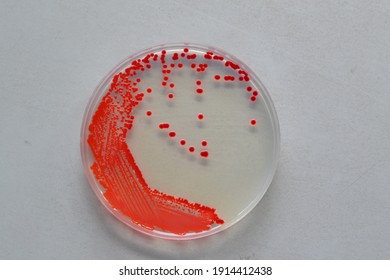
370 Serratia Marcescens Images Stock Photos Vectors Shutterstock

Pathology Outlines Serratia Species

Serratia Marcescens Bacteria Stock Illustration Illustration Of Hospitalaquired Intrahospital 111514247

Serratia Marcescens On Macconkey Agar Download Scientific Diagram

Serratia Microbiology Medbullets Step 1
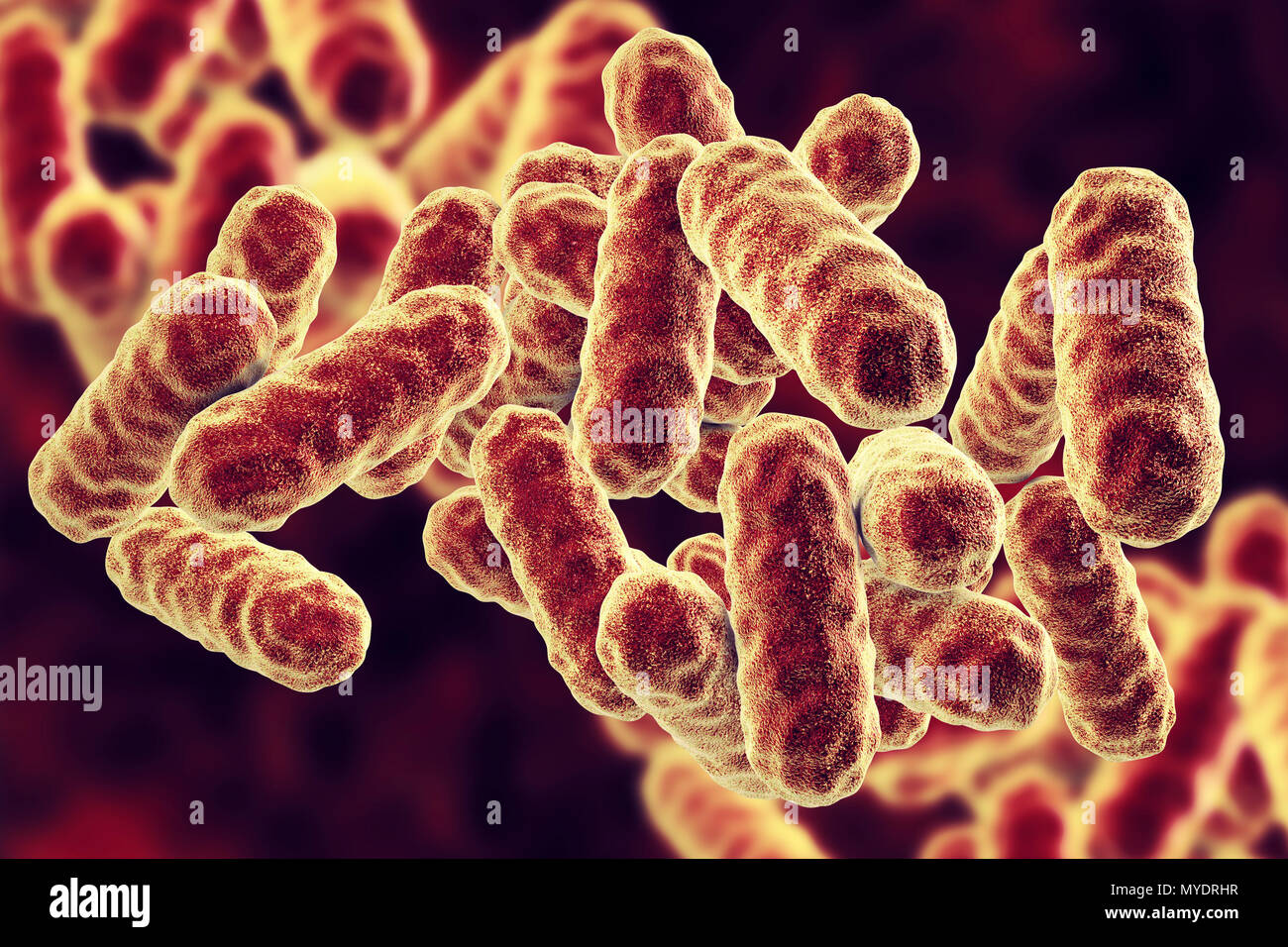
Serratia Marcescens Bacteria Computer Illustration Serratia Spp Are Rod Shaped Gram Negative Bacteria They Occur As Commensal Fauna In The Intestinal Mucous Membranes Of Man And Mammals S Marcescens Is Occasionally Pathogenic In Humans
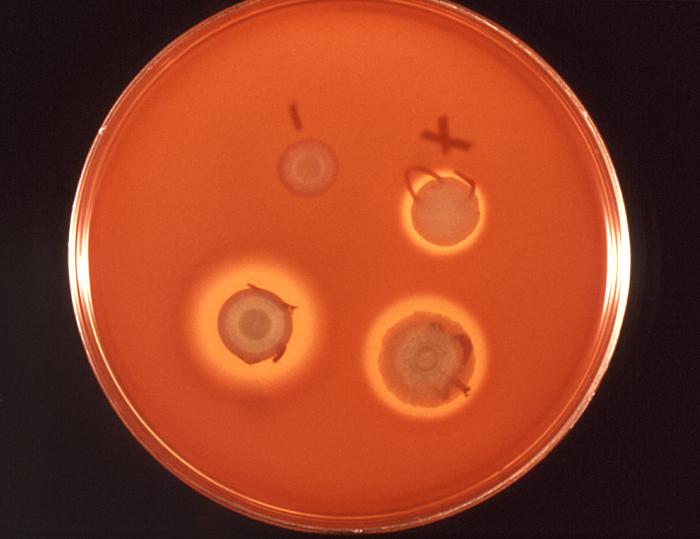
Details Public Health Image Library Phil

Pathology Outlines Serratia Species
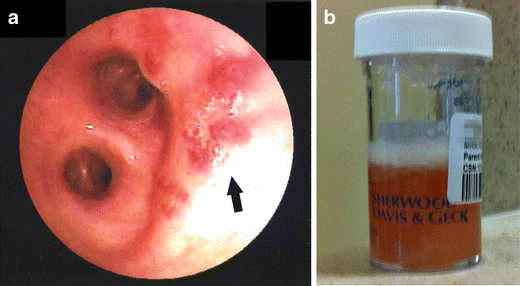
Pseudohemoptysis Due To Serratia Marcescens Springerlink

The Rcs Stress Response System Modulates Serratia Marcescens Induced Inflammation And Bacterial Proliferation In A Rabbit Keratitis Model Biorxiv

American Society For Microbiology Pic Of The Day Serratia Marcescens Serratia Marcescensgrown On Tsa For 48 Hrs At 37 Degree S C Then Held At Room Temp For 24 Hrs Serratia Marcescens

Serratia Marcescens Is Inactivated By Germicidal Uv C Light

Characterization Of A Novel Chitinolytic Serratia Marcescens Strain Tc 1 With Broad Insecticidal Spectrum Amb Express Full Text
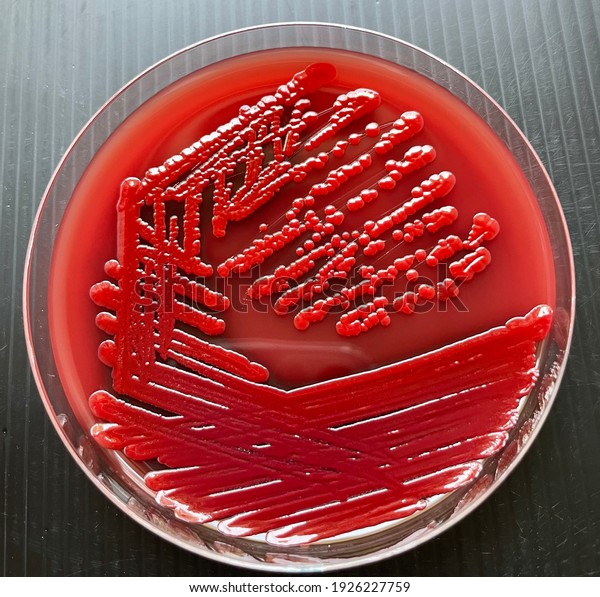
Serratia Marcescens On Blood Agar Stock Photo 1926227759 Shutterstock
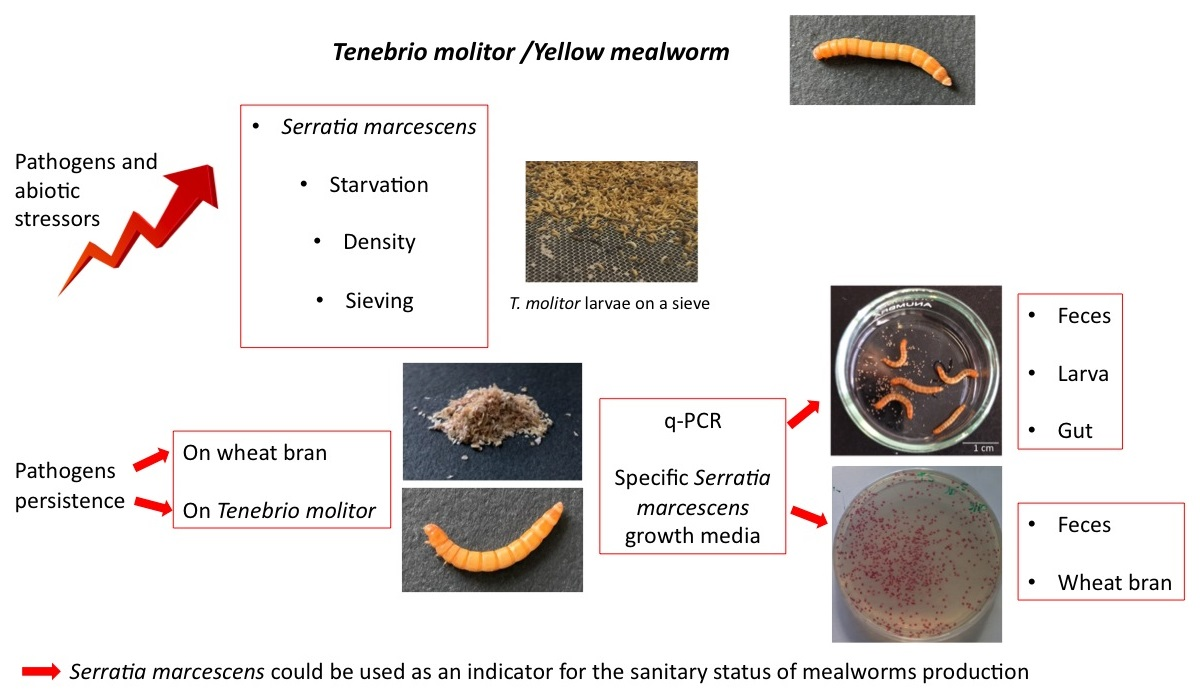
Insects Free Full Text Impact And Persistence Of Serratia Marcescens In Tenebrio Molitor Larvae And Feed Under Optimal And Stressed Mass Rearing Conditions

Serratia Marcescens D1 Living Nutrient Broth Tube Amazon Com Industrial Scientific


